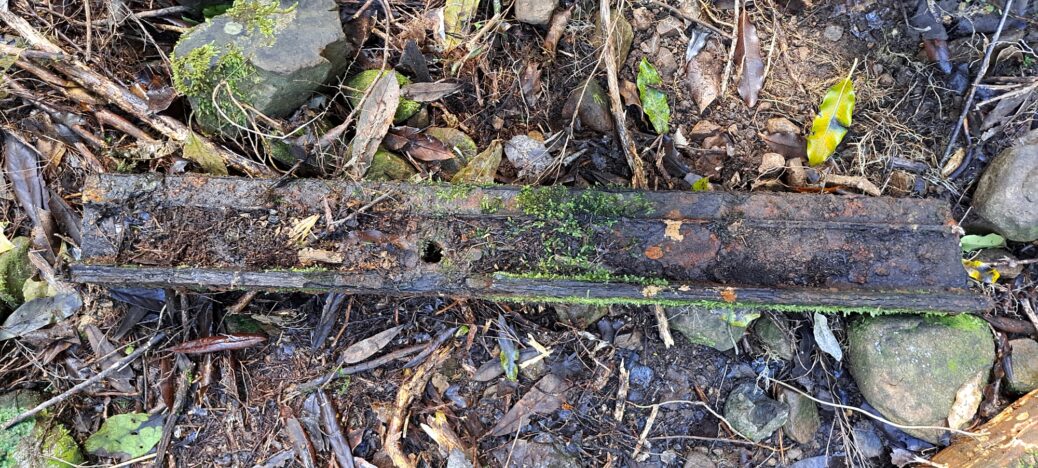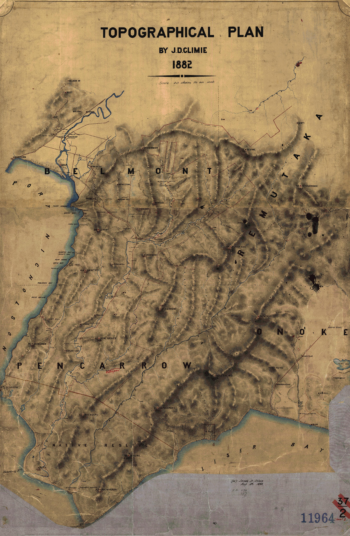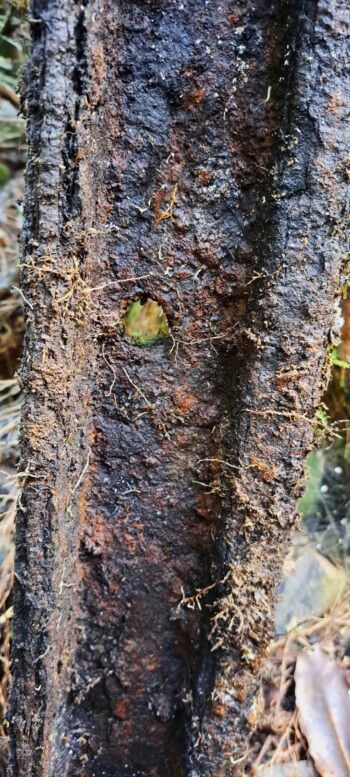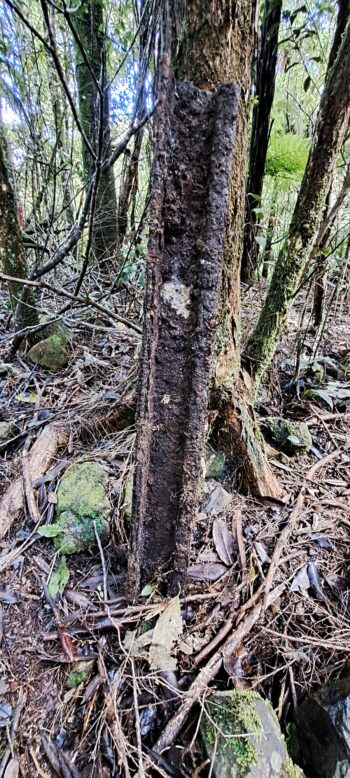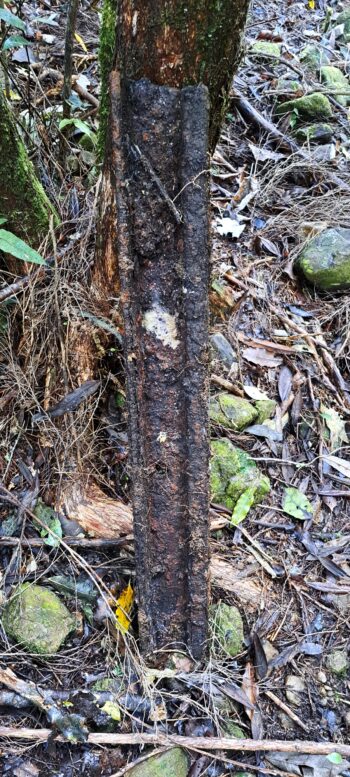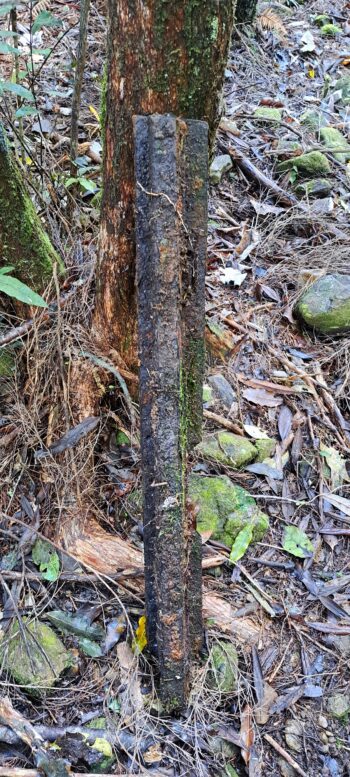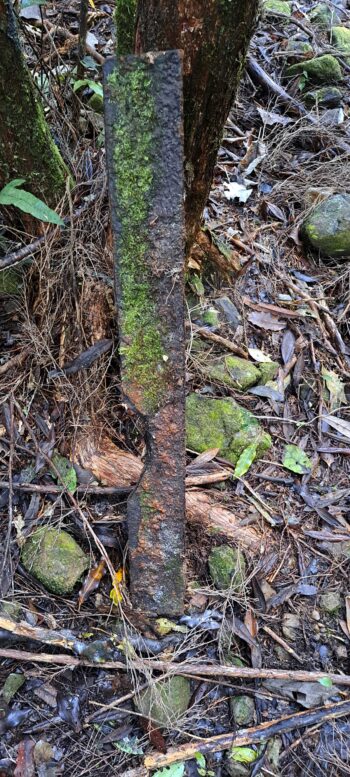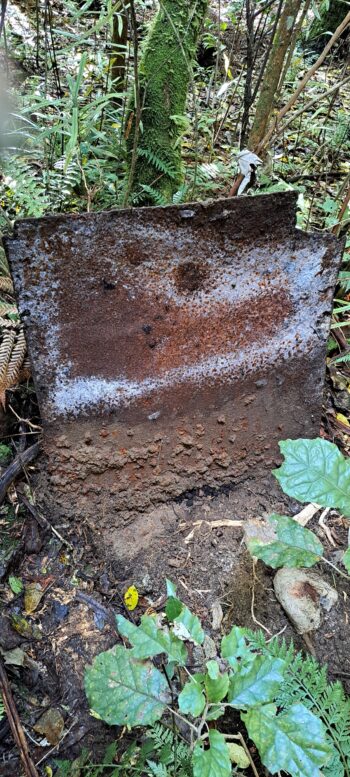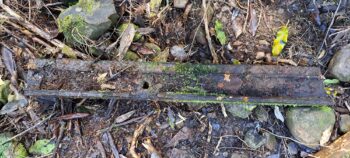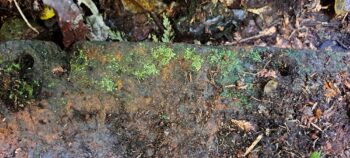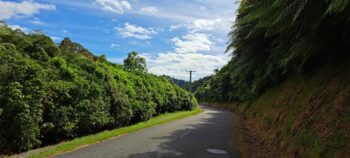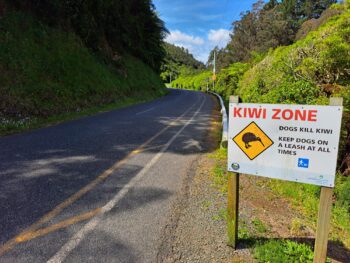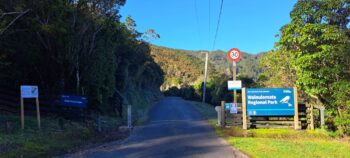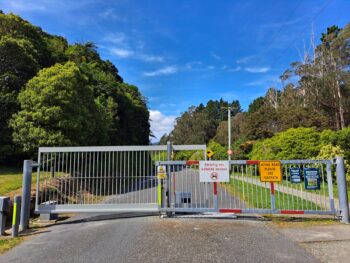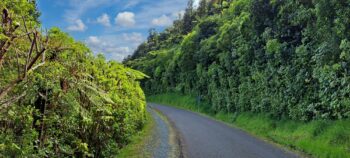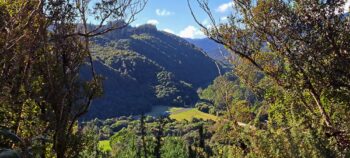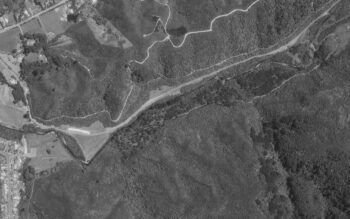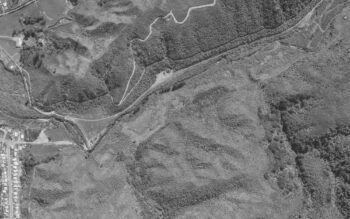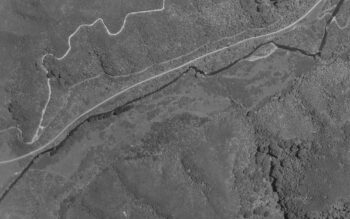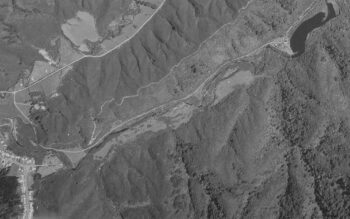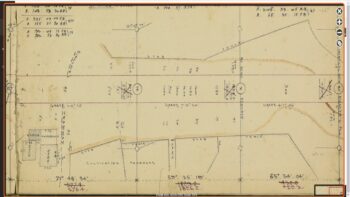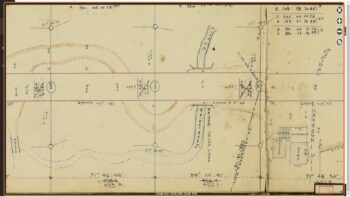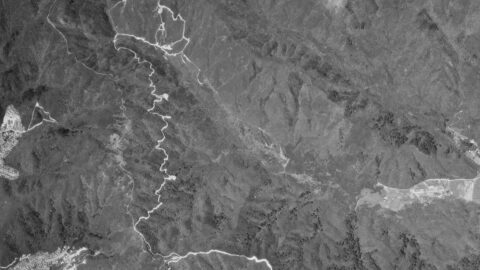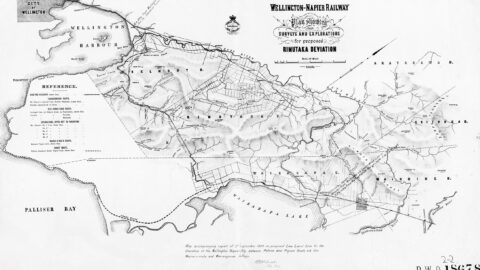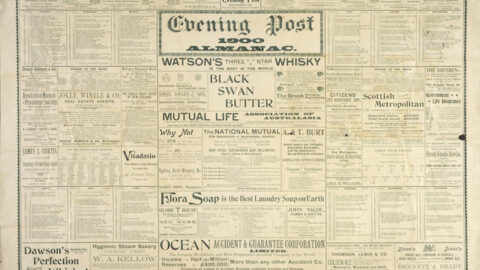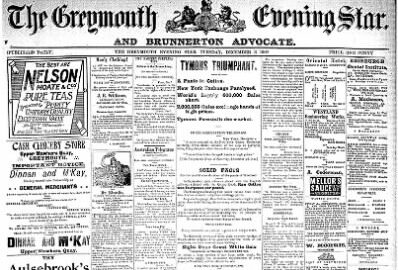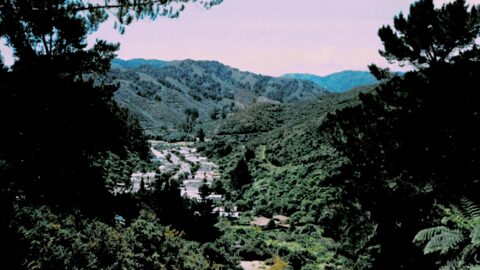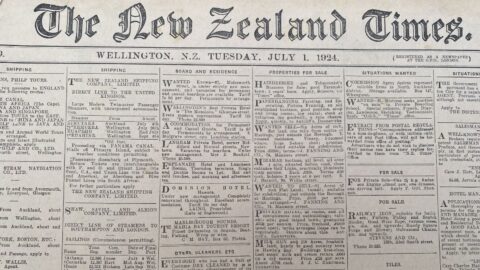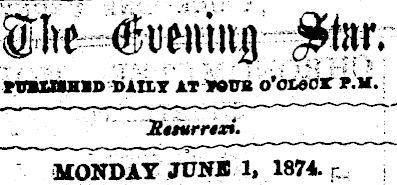The original Sinclair Tramway in Wainuiomata was built in the 1860s to transport timber. It was replaced in the 1880s by a steel tramway used for logging and carrying people and materials for dam construction.
The Sinclair Valley Tramway played a crucial role in the family’s logging efforts, which began in the late 1850s to early 1860s. The original tramway was built with wooden rails, but in 1879, Mr. Sinclair requested tenders for the transport of 150 tons of steel rails, which he imported from England and simultaneously obtained from Hobart a steam engine which he named the “Pio Pio“. This new system replaced the earlier wooden tramway; however, it was M. Duggan who won the tender to construct that tramway.
The steel tramway did not necessarily follow the same path as the earlier wooden one, as there is no evidence to support this. In fact, a February 1883 news article states that a road needed to be built prior to the steel tramway being laid. This indicates that each tramway took different routes through Sinclair Valley / Reservoir Valley.
At least one map shows the full route of the steel tramway, but the earlier wooden tramway remains undocumented. It may have followed a similar alignment or run along the opposite side of Sinclair Valley, near today’s Gums Loop Track. If the latter, then logs could have been transported to the the Wainuiomata River near “The Triangle” and continued on the other side to reach the mill. While this would have been a significant barrier, logs had to be moved across the river at some point regardless of the tramways’ exact location.
The opposite side of the valley, once known as The Terrace for its flat, elevated terrain, would have been a logical route for the older tramway. The area was densely forested, especially across the valley floor and the southern hills. However, parts of The Terrace are damp, with patches of wetland. If the tramway did pass through here, it likely followed the lower slopes of the hills, staying just above the wetter ground. A track with cuttings into the bank still exists in this area, though this alone doesn’t confirm the presence of a tramway, as many such tracks were formed during general logging operations. This track is referred to here as Sinclair Track. Photographic evidence of this track exists near the Sinclair Cemetery end, and physical signs of it can still be observed as far as Sledge Creek and even beyond that.
In fact, further east of Sledge Track, additional cuts in the landscape appear to resemble a pathway suitable for tramway tracks, hinting at the possibility of the route extending deeper into the valley on this side of the river. However, the tramway likely did not extend beyond the location of the spillway of the old dam (which did not exist at this time). At that point, the Wainuiomata River closely follows the hillside, and the terrain is extremely steep and unstable, making further eastern penetration impractical. Regardless, what we do know for sure is the newer steel tramway followed the same route as Reservoir Road up to George Creek.
The Sinclair family not only owned the the land that the tramway was located, but also held the large expanse of land that they logged. Over the years, they converted the logged areas into farmland and constructed several homes on their land, including House Northbrook, a mansion located close to where the tramway ran along in today’s Whitcher Grove. We also know that the Wellington City Council sought to protect the water catchment area at the top of Sinclair Valley for their water supply scheme in 1880, so they got agreements from the Sinclair family and from all other land owners where the water race passed through.
In 1883, due to bankruptcy, the Sinclair family’s properties, homes, sawmill, tools, tramway rails, tramway trucks, wagons, and other assets were offered for sale. Later, the Council expressed interest in purchasing the Sinclair land located inside the catchment area where Wellington’s water was sourced, but this land was now in the hands of a different owner who suggested an expensive plan to use his land. The council rejected the plan and instead relied on the previous agreement they had with the Sinclair family regarding use of the land as a water catchment to perpetuity.
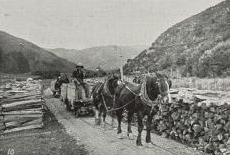 When the Sinclair family fully ceased logging operations, they left Wainuiomata. But the steel tramway had a dual purpose. It continued as transport to the dam. The tramline was later extended to Morton Dam around 1909 (pictured to the right). Over time, the tramway was replaced by what is now Reservoir Road, a private road with a locked gate. Today, there are only one or two potential artefacts associated with the steel tramway. They are situated in the bush near what is thought to be the location of two huts. These are pictured in the gallery below.
When the Sinclair family fully ceased logging operations, they left Wainuiomata. But the steel tramway had a dual purpose. It continued as transport to the dam. The tramline was later extended to Morton Dam around 1909 (pictured to the right). Over time, the tramway was replaced by what is now Reservoir Road, a private road with a locked gate. Today, there are only one or two potential artefacts associated with the steel tramway. They are situated in the bush near what is thought to be the location of two huts. These are pictured in the gallery below.

